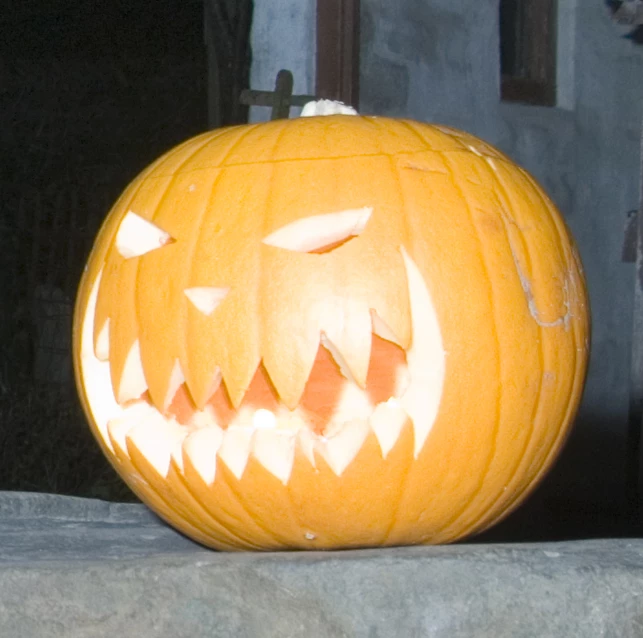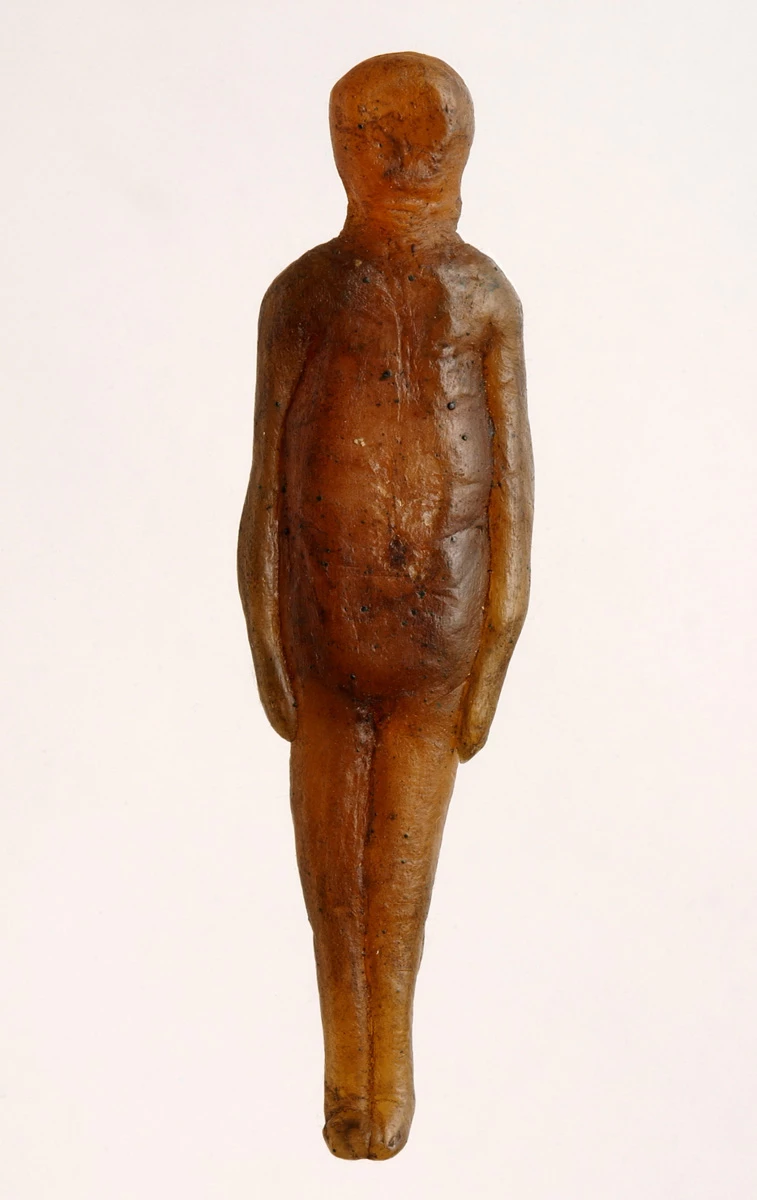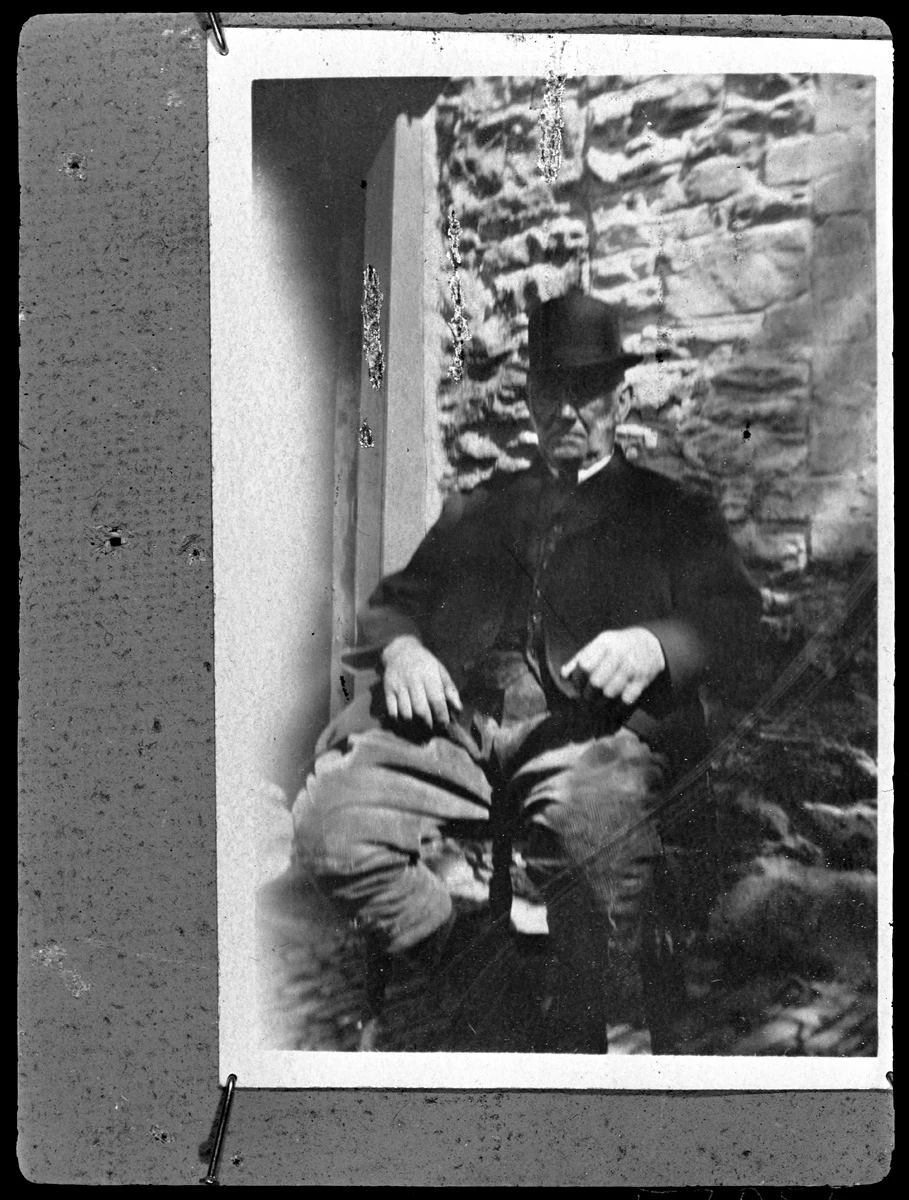Halloween Traditions
, 27 October 2020
Halloween Traditions
Halloween is fast approaching and no doubt that many children across Wales will be deciding on what scary character they’d like to dress up as, and preparing their pumpkins for carving. Some of these traditions have been adopted from our American friends, but in this blog I’d like to give a flavour of other ways that this time of year was marked in the Welsh calendar.
Harvest and Winter’s Eve marked the period in the calendar where the last of the major agricultural tasks had come to an end, particularly bringing in the harvest before the winter time and marked the end of the old Celtic year referred to as Nos Calan Gaeaf or ‘the eve of the winter kalend’ which signified the end of summer and the beginning of winter. To mark this a feast was often held to thank neighbours for their help with the harvest, music and food would be provided. Calan Gaeaf was also associated with the slaughter of farm animals for the winter.
It was on Nos Calan Gaeaf or All-Hallows Eve that the strangest things were said to occur. Not only were spirits said to roam freely but it was believed that the ghosts of the dead were to be seen at midnight on every stile. In different parts of Wales these ghosts took on different characters but two of the most common were the ladi wen [white lady], and mainly in North Wales the tail-less black sow [hwch ddu gwta] and was associated with lighting bonfires after dark, as the fire died down they feared the appearance of the black sow and would chant verses such as:
Adref, adref am y cynta’, Hwch Ddu Gwta a gipio’r ola’
Be sure you are the first at home, the tail-less black sow is sure to roam.
And also
Hwch Ddu Gwta a Ladi Wen heb ddim pen
Hwch Ddu Gwta a gipio’r ola’
Hwch Ddu Gwta nos G’langaea
Lladron yn dwad tan weu sana.
The black sow and headless white lady,
Will try and catch the last to leave,
Thieves abound knitting stockings,
Beware the tail-less black sow on winter’s eve.
Superstitions
Much superstition was also attributed to this time of year especially in a fortune telling capacity. The main questions to be answered were who was to be married and who was to meet an untimely death. The types of fortune telling practices depended on the area. In Montgomeryshire they created a mash of nine ingredients which included potatoes, carrots, turnips, peas, parsnips, leeks, pepper and salt and mixed with milk and in the centre was placed a wedding ring. Each participant would try a bit of the mash and if they were lucky enough to find the ring it would indicate an imminent marriage!
Another fortune telling was peeling an apple without breaking the skin and thrown over the shoulder. The letter created would indicate the initial of your future spouse. In the Llandysul area three bowls would be filled. One with soil, one with water containing sediment and one with clean water. The participant would be blindfolded and would be asked to touch one of the bowls. The first prophesised death before marriage, the second a troubled marriage and the third a successful marriage. Games were also played such as apple bobbing or the more dangerous version was trying to grab a dangling apple with your teeth which also had a candle attached!
Frightening objects in the collection
There are a number of unusual objects in the collection. One of these is a charm doll from Belgium from the Lovett collection, collected by Edward Lovett (1852-1933) who had a fascination for charms – lucky or otherwise. It’s a doll made of wax and could be used to hurt people by having pins and sharp object inserted into it. By melting the wax doll slowly in a chimney, it could even bring about someone’s painful lingering death.
Also in the collection is a witchcraft bottle with a charm inside. It’s never been opened and it’s thought that bottles such as this were placed inside walls and buildings to guard against evil spirits.
Ghost Stories from the Oral History Archive
Many thousands of people have been recorded by the staff at St Fagans over the years and among these recordings are ghostly stories and experiences remembered by interviewees or told to them by past generations. Some of these have been put on People’s Collection Wales. Click on the links below and listen to a selection. The lady in the second clip remembers talk of the Hwch Ddu Gwta or Tail-less Black Sow as mentioned above. Below is also an image of The Conjuror, Evan Griffiths talked about in the third clip.
McClaren Colliery Ghost
https://www.peoplescollection.wales/items/606763
Hwch Ddu Gwta
https://www.peoplescollection.wales/items/606778
Y Crinjar/ The Conjuror
https://www.peoplescollection.wales/items/606781
If you’re looking for fun Halloween activities to do at home, why not download our activity sheets? You can decorate a pumpkin or write your own spell.
Decorate a Pumpkin
Write a Spell




Comments - (2)
I have forwarded your enquiry to the relevant curator, who will contact you with any information we have on this subject.
Best wishes,
Marc
Digital Team